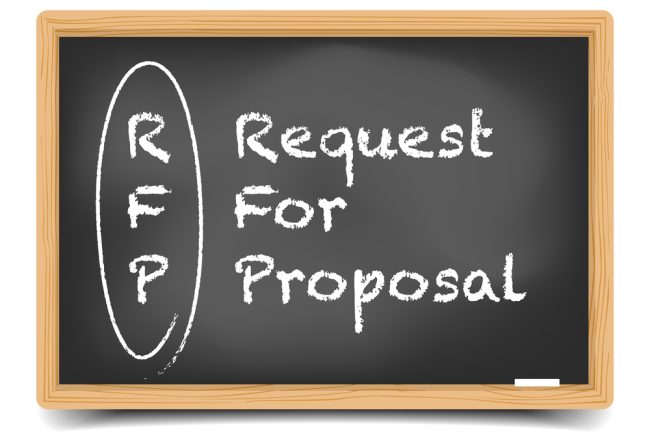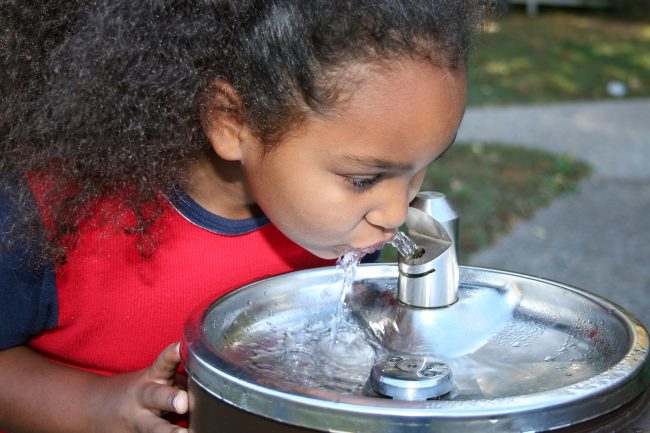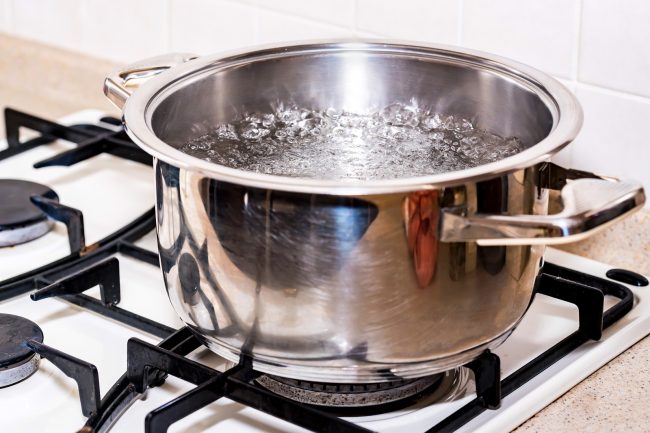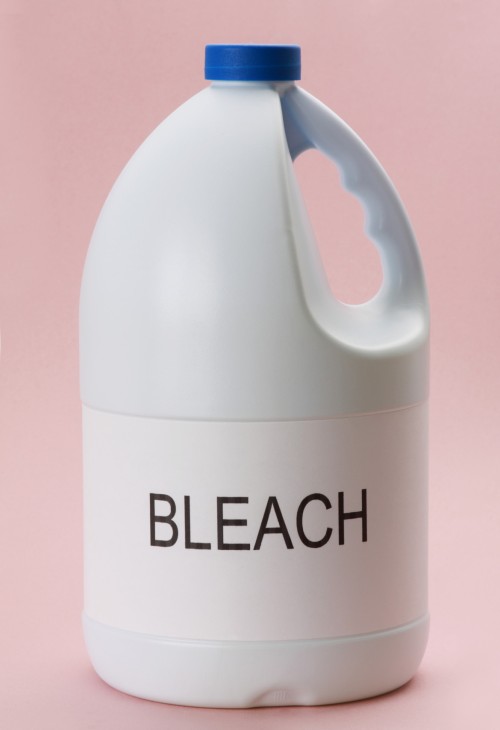Drinking Water
Program Contacts
Mike Sekerak, REHS
Program Manager
216.201.2000 ext 1234
msekerak@ccbh.net
Public water systems, also referred to as “City Water,” provide drinking water to approximately 85% of America’s population.
Providing safe drinking water is a partnership that involves the Environmental Protection Agency (EPA), state and local authorities, and the water system operator.
When a public water supply is not available, homes and businesses have to rely on their own private drinking water supplies. Examples of these supplies include wells, cisterns, springs, and ponds. They are not subject to EPA standards, although most state and local governments do set rules to protect users of these wells.
Unlike public drinking water systems serving many people, the water’s source is not regularly inspected and regulated before it is sent to the tap. These households must take special precautions to ensure the protection and maintenance of their drinking water supplies.
Emergency Disinfection of Drinking Water
This information is provided for the use of the individual householder and can be used in these situations:
- When the treatment and distribution facilities of a public or private water system cannot be operated on a normal basis
- When a water supply has become flooded
- When an extended power failure renders a water system inoperable
- When the bacterial quality of available water is suspect
The methods described here will not remove or reduce toxic, chemical or radiological contaminants and water exposed to such contamination should not be used.
Sources of Safe Water During an Emergency
- Contact your local health department and ask where emergency drinking water distribution points are located. Take along clean covered containers which have not previously contained harmful substances (read the label).
- If you know in advance that water will not be available for a long period of time, store some in clean covered containers. The bathtub may even be used. A supply of water is also available in the water heater and holding tank (not the bowl) of toilets. However, this water should be purified according to one of the methods below. If water is drained from a hot water heater, the heater must be turned off.
- Safe water is available from many other sources in the home such as ice cubes, juices, soft drinks, milk, or other food item liquids provided the items have not been submerged in flood waters.
Methods to Purify Water for Drinking
If the available water contains any suspended material or is cloudy, the water is to be strained through several layers of clean cloth or the water allowed to settle and the clearer water drawn off into a clean covered container.
Boil the water vigorously at or near 212°F (100°C) for one full minute to kill any disease-causing bacteria that may be present in the water. A microwave oven may be used to boil the water.
The flat taste of boiled water may be improved by pouring it back and forth between two clean containers before use.
When boiling is not practical, common household laundry bleach usually contains a chlorine compound that can disinfect water.
Check the label on the bottle to make sure it indicates the solution is 5.25% sodium hypochlorite with no additional active ingredients.
If an unopened bottle of bleach is available, use the new bottle to add the appropriate following number of drops to disinfect the water.
An eye dropper is a good tool to use to measure the number of drops that you are adding to the water.
If you do not have a dropper, use a clean utensil such as a knife to dip into the bleach and let the drops fall into the water as you count them (16 drops are approximately equal to 1/8 of a teaspoon).
If the water contains any suspended material or is cloudy, strain the water through several layers of clean cloth or allow material to settle and draw off the clearer water.
Liquid Chlorine Bleach to Be Added (Label should read 5.25% Sodium Hypochlorite)
Clear water – 2 drops per quart/8 drops per gallon
Cloudy water – 4 drops per quart/16 drops per gallon
Mix thoroughly by stirring or shaking and let stand for at least 30 minutes.
A slight chlorine odor should be detectable in the treated water. If it is not, repeat the chlorine dose and let stand for an additional 20 minutes before use.
The taste of the treated water may be improved by pouring it back and forth between two clean containers or by allowing it to stand for a few hours before use.
Iodine
A tincture of iodine from a home medicine chest, a first aid kit, or the local pharmacy may be used to disinfect water.
Add the appropriate following number of drops of iodine to disinfect the water.
If the water contains any suspended material or is cloudy, strain the water through several layers of clean cloth or allow to settle and draw off the clearer water into a clean container.
Tincture of Iodine to Be Added
Clear water – 2 drops per quart/20 drops per gallon
Cloudy water – 10 drops per quart/40 drops per gallon
Mix water and iodine thoroughly by stirring or shaking water in the container.
Allow to stand for at least 30 minutes after which time the water is safe to use.
Water Purification Tablets
Many commercial tablets which release chlorine or iodine are available for disinfection of water.
They are usually available at drug stores or sporting goods stores. Follow the manufacturer’s directions on the label for proper use.
Resources & Links
- Centers for Disease Control and Prevention – Drinking Water
- Centers for Disease Control and Prevention – Emergency Disinfection of Drinking Water
- City of Cleveland – Division of Water
- Ohio State University Extension – Disinfection Fact Sheet
- Private Water Systems, including wells, cisterns, springs, and ponds
- U.S. Environmental Protection Agency – Ground Water & Drinking Water
- U.S. Environmental Protection Agency – Public Drinking Water Systems







